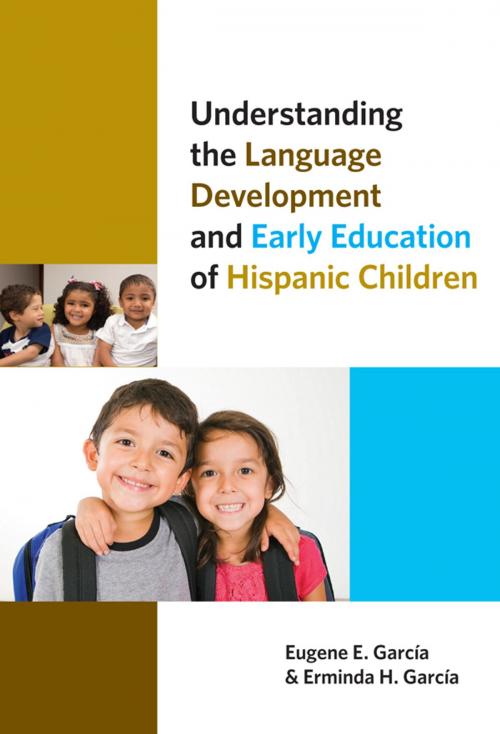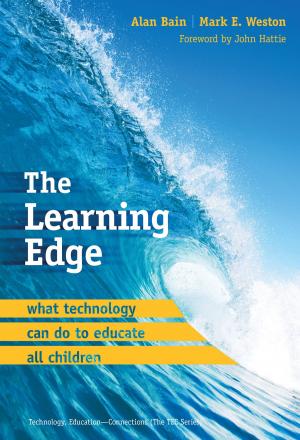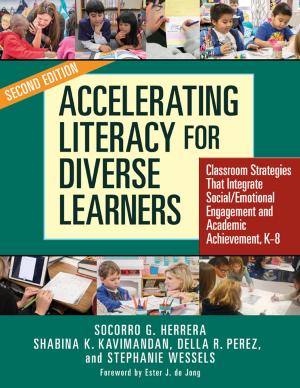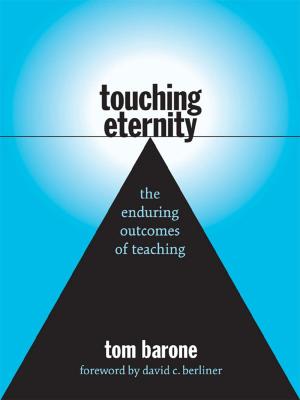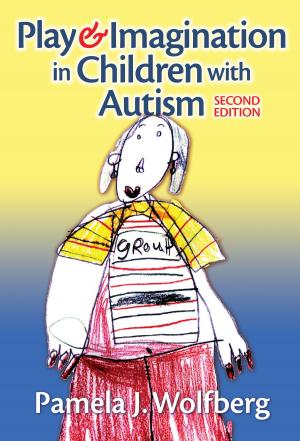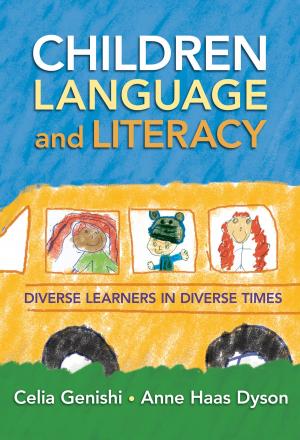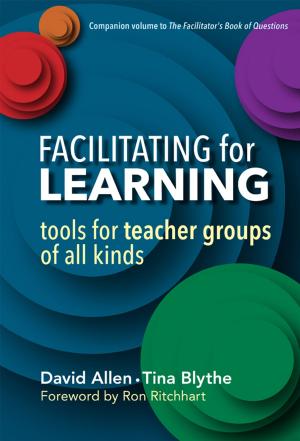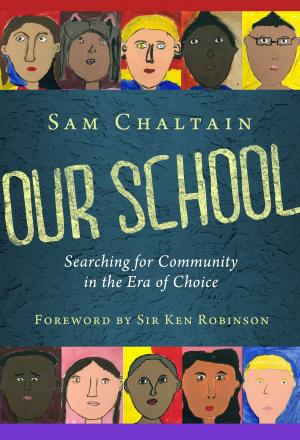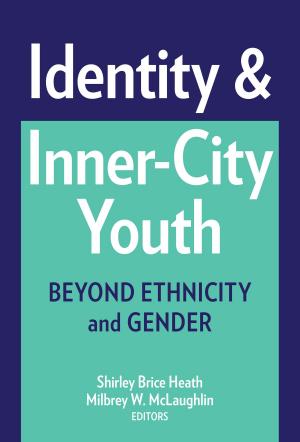Understanding the Language Development and Early Education of Hispanic Children
Nonfiction, Reference & Language, Education & Teaching, Preschool & Kindergarten, Educational Theory, Bilingual Education, Teaching| Author: | Eugene E. Garcia, Erminda Garcia | ISBN: | 9780807774656 |
| Publisher: | Teachers College Press | Publication: | December 15, 2009 |
| Imprint: | Language: | English |
| Author: | Eugene E. Garcia, Erminda Garcia |
| ISBN: | 9780807774656 |
| Publisher: | Teachers College Press |
| Publication: | December 15, 2009 |
| Imprint: | |
| Language: | English |
Young Hispanic children are the largest and fastest growing ethnic minority population in the United States, representing diverse racial, linguistic, and cultural backgrounds. Educational skills and achievement lag significantly for this population, creating an unacceptable achievement gap at the beginning of Kindergarten that grows even further by the end of 3rd grade. What can we learn from the empirical literature, theory, programs, and policies associated with language and early learning for young Hispanics? What are the home and school factors important to differences in early cognitive development and educational well-being?
In this timely collaboration, a renowned researcher and a seasoned practitioner explore these questions with a focus on specific instructional interventions that are associated with reducing the achievement gap for young Hispanic children. Chapters emphasize educational practices, including teacher competencies, instructional strategies, curricular content, parent involvement, and related policy. The text includes teacher-friendly artifacts, instructional organizers, and lesson descriptions.
“The authors provide the combination of theoretical orientation, background knowledge, and practical experience that is needed to do justice to this topic.”
—Nancy Commins, University of Colorado Denver
“Fills a void in current research and will spark vital policy discussions.”
—Patricia Gándara, Co-Director of The Civil Rights Project, UCLA
Young Hispanic children are the largest and fastest growing ethnic minority population in the United States, representing diverse racial, linguistic, and cultural backgrounds. Educational skills and achievement lag significantly for this population, creating an unacceptable achievement gap at the beginning of Kindergarten that grows even further by the end of 3rd grade. What can we learn from the empirical literature, theory, programs, and policies associated with language and early learning for young Hispanics? What are the home and school factors important to differences in early cognitive development and educational well-being?
In this timely collaboration, a renowned researcher and a seasoned practitioner explore these questions with a focus on specific instructional interventions that are associated with reducing the achievement gap for young Hispanic children. Chapters emphasize educational practices, including teacher competencies, instructional strategies, curricular content, parent involvement, and related policy. The text includes teacher-friendly artifacts, instructional organizers, and lesson descriptions.
“The authors provide the combination of theoretical orientation, background knowledge, and practical experience that is needed to do justice to this topic.”
—Nancy Commins, University of Colorado Denver
“Fills a void in current research and will spark vital policy discussions.”
—Patricia Gándara, Co-Director of The Civil Rights Project, UCLA
